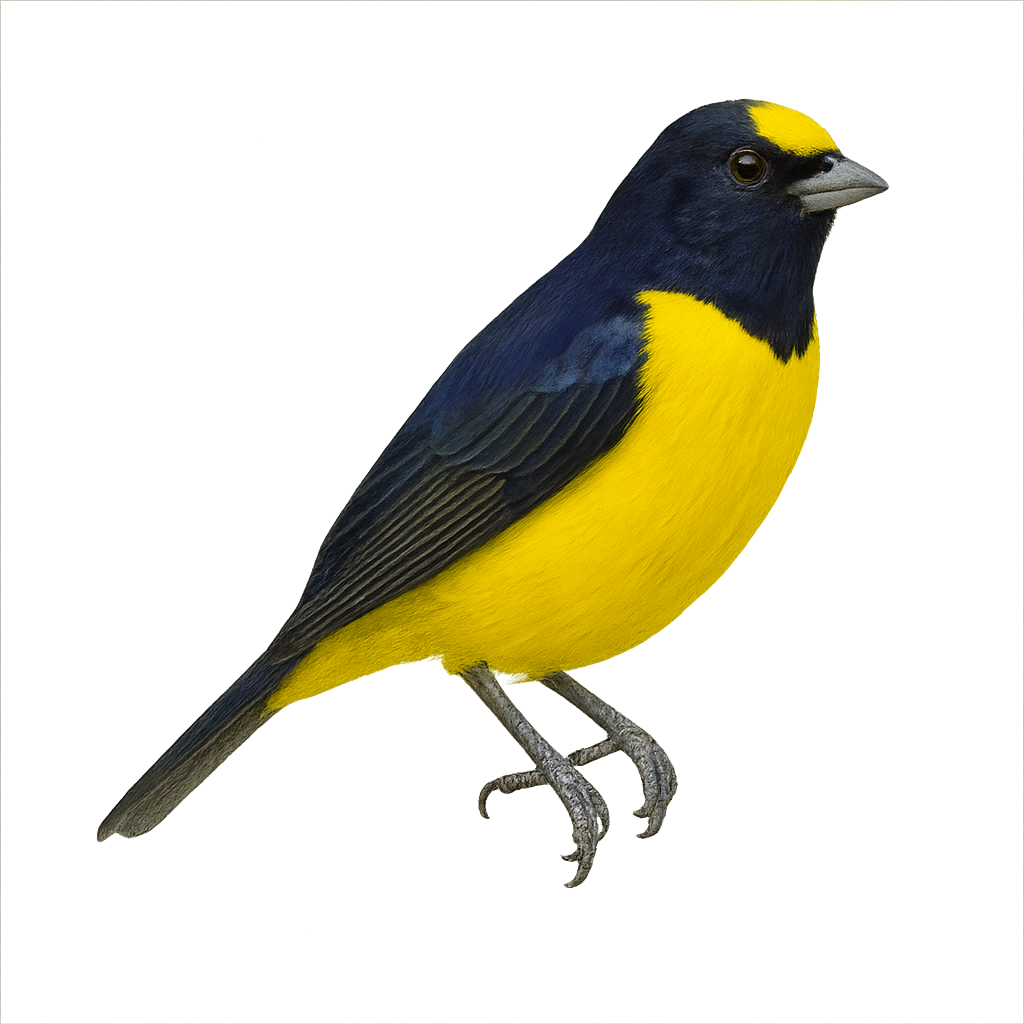Your wildlife photography guide.
Explore the scrub euphonia in detail, study its behavior, prepare your shots.
Where to observe and photograph the scrub euphonia in the wild
Learn where and when to spot the scrub euphonia in the wild, how to identify the species based on distinctive features, and what natural environments it inhabits. The WildlifePhotographer app offers tailored photography tips that reflect the scrub euphonia’s behavior, helping you capture better wildlife images. Explore the full species profile for key information including description, habitat, active periods, and approach techniques.
Scrub Euphonia
Scientific name: Euphonia affinis

IUCN Status: Least Concern
Family: FRINGILLIDAE
Group: Birds
Sensitivity to human approach: Suspicious
Minimum approach distance: 5 m
Courtship display: April to June
Incubation: 14-15 jours
Hatchings: April to July
Habitat:
Tropical forests, subtropical forests, dense undergrowth
Activity period :
Primarily active during the day, with peak activity in the morning and late afternoon.
Identification and description:
The Scrub Euphonia, or Euphonia affinis, is a small passerine bird belonging to the Fringillidae family. It is primarily found in the tropical and subtropical forests of Central America, ranging from southern Mexico to northern Panama. This bird is notable for its vibrant plumage: males display a bright yellow throat contrasting with a dark blue back, while females have more subdued olive-green tones. Scrub Euphonia are often seen in pairs or small groups, feeding mainly on fruits and berries. Their melodious and varied song is often heard in the dense undergrowth where they reside.
Recommended lens:
400mm – adjust based on distance, desired framing (portrait or habitat), and approach conditions.
Photography tips:
To photograph the Scrub Euphonia, it is advisable to use a 400mm lens or longer to capture precise details of its vibrant plumage. Look for dense forest areas where these birds are active, and be patient, as they can be suspicious. Favor morning hours when natural light is soft, which will highlight the bird's bright colors. Use a tripod to ensure image stability, especially if working with slower shutter speeds.
The WildlifePhotographer App is coming soon!
Be the first to explore the best nature spots, track rutting seasons, log your observations, and observe more wildlife.
Already 1 432 wildlife lovers subscribed worldwide

